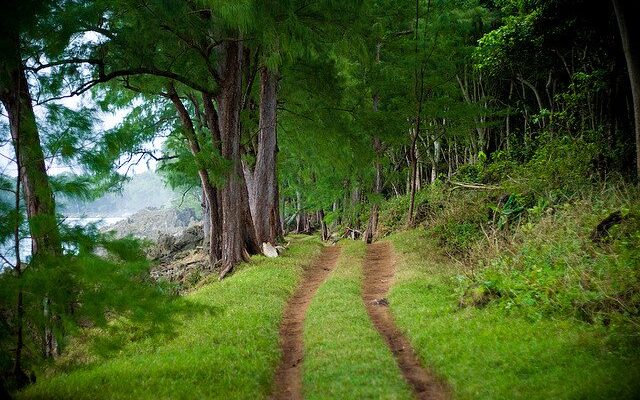Angaur Island
Angaur Island, also called Ngeur, is the southernmost island of the Palau archipelago. It is a very peaceful and low-key place, with only 2 villages and a total population of about 300 people. The island is famous for its phosphate mines, which the Germans began developing over a hundred years ago in 1909.
.The island has an area of 8.4 km². It is located about 10 km southeast of the island of Peleliu. The eastern side of Angaur is covered with sand and rocks, while the western side has a small natural bay, a fishing and transportation port and a lighthouse. It is one of three islands in Palau that has an airport.
The island is also named “Monkey Island” as it is the only area in Micronesia that has feral monkeys. Angaur is off the main reef, but there is a small reef of its own near the island itself. Of course, it’s not as impressive as the other spots, but the open ocean gives you the opportunity to see a lot of tuna and predators.
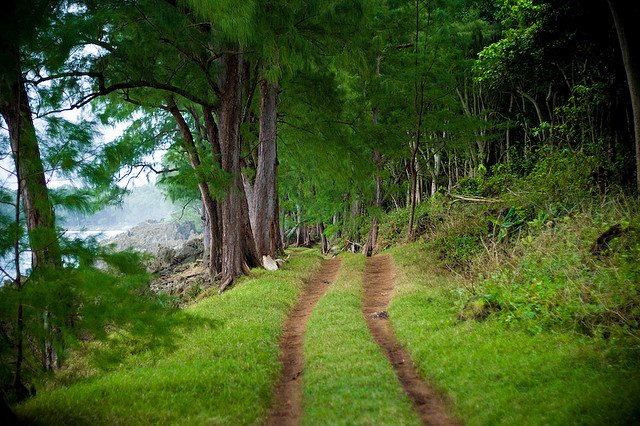
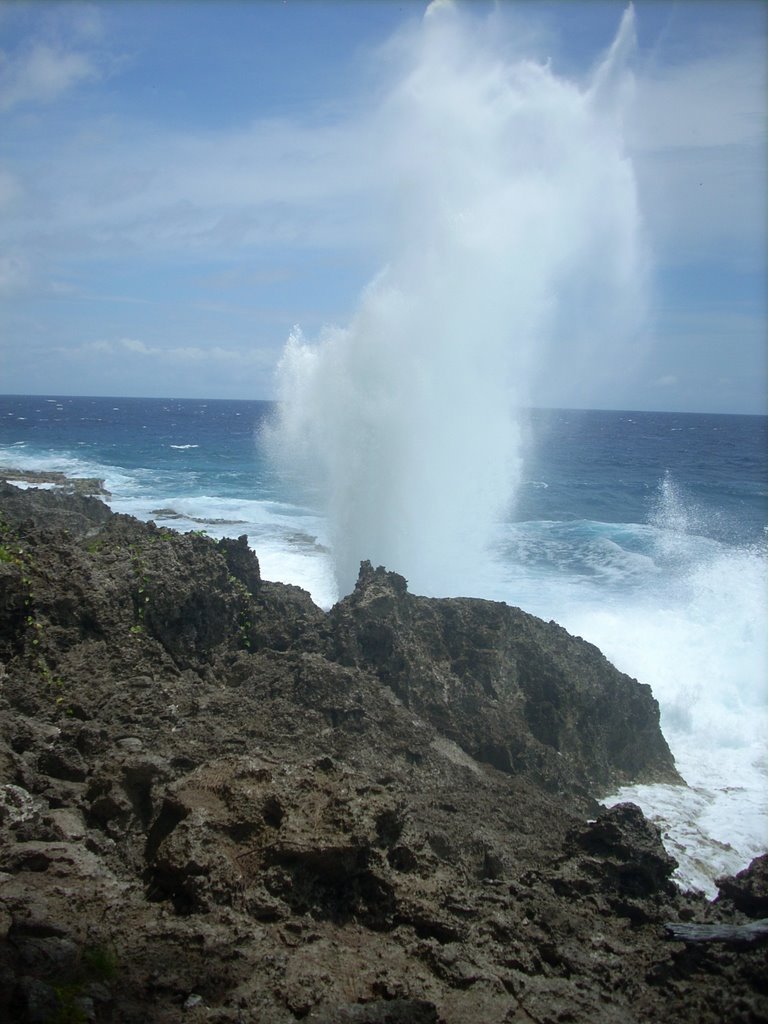
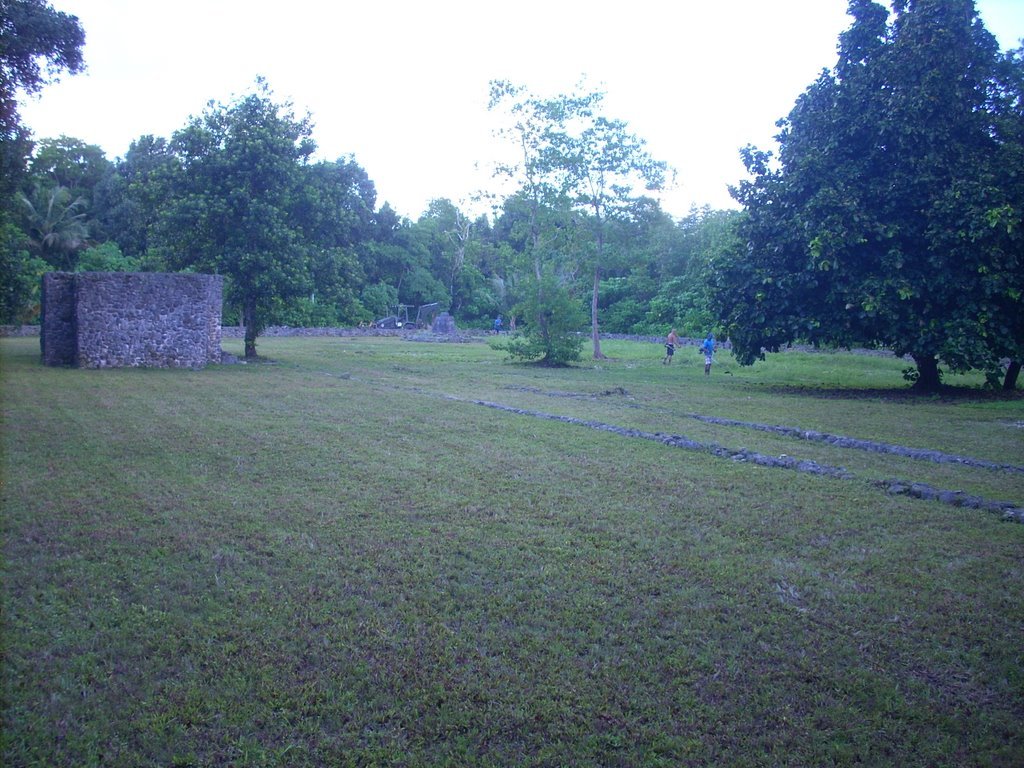
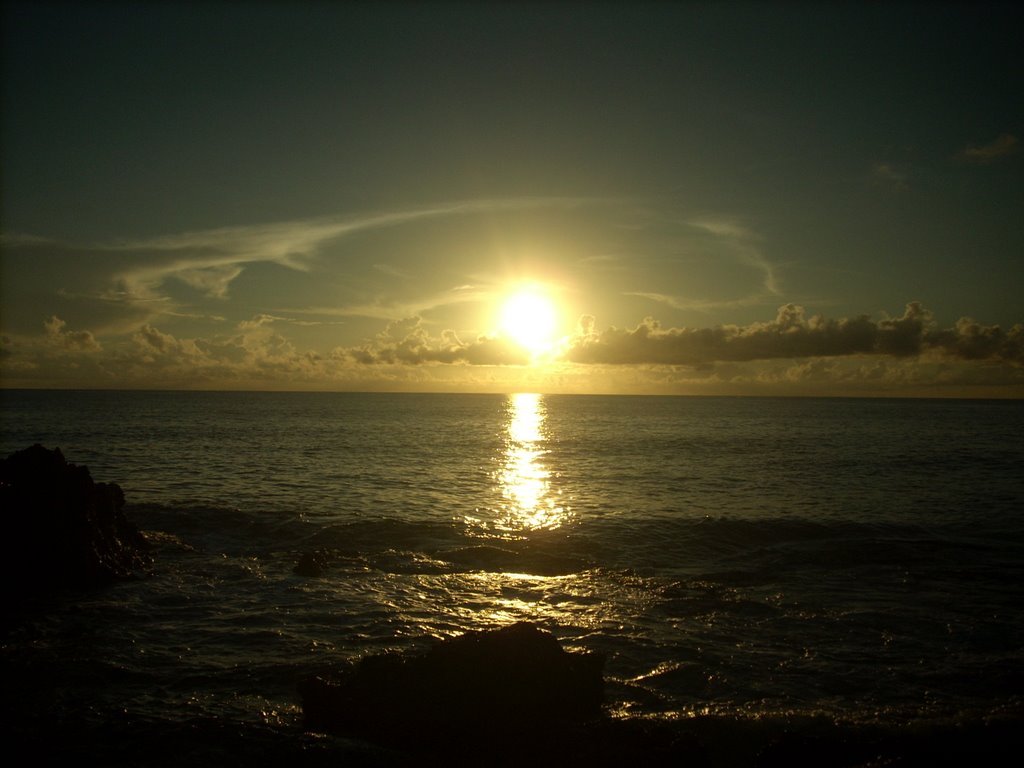
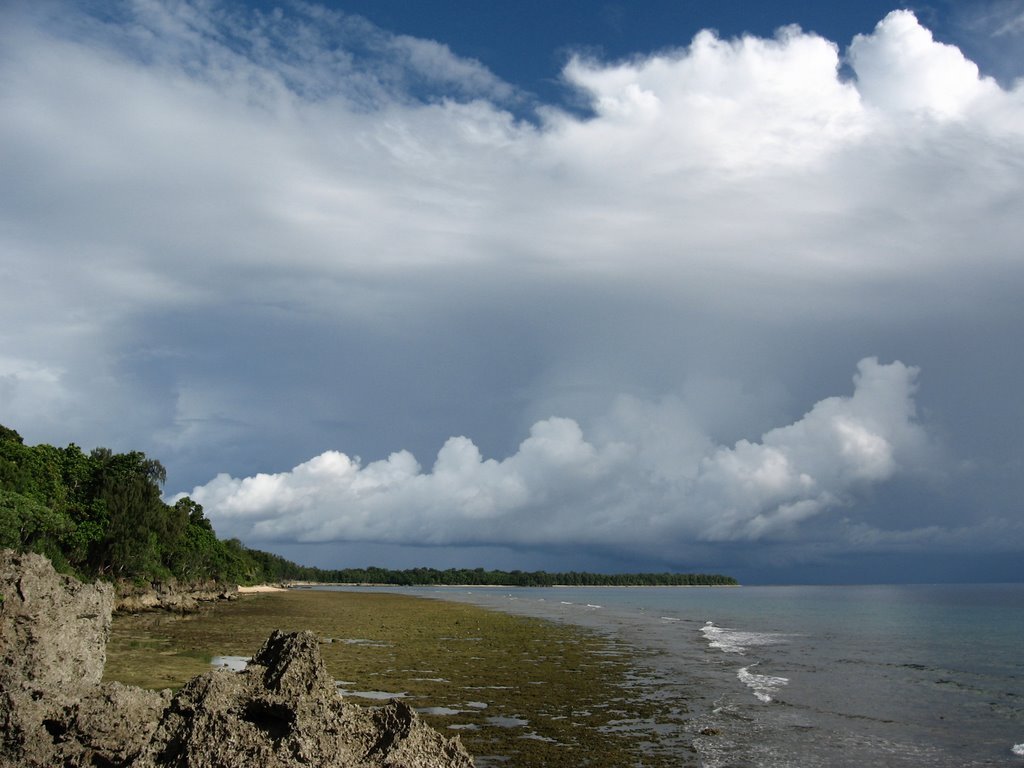
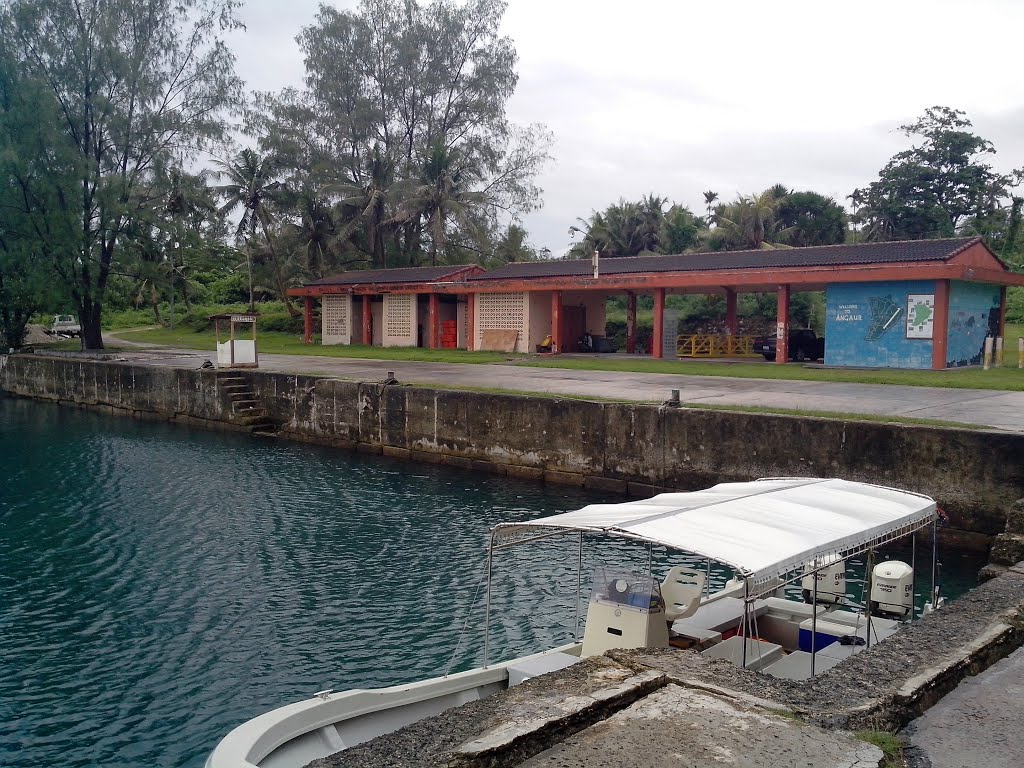
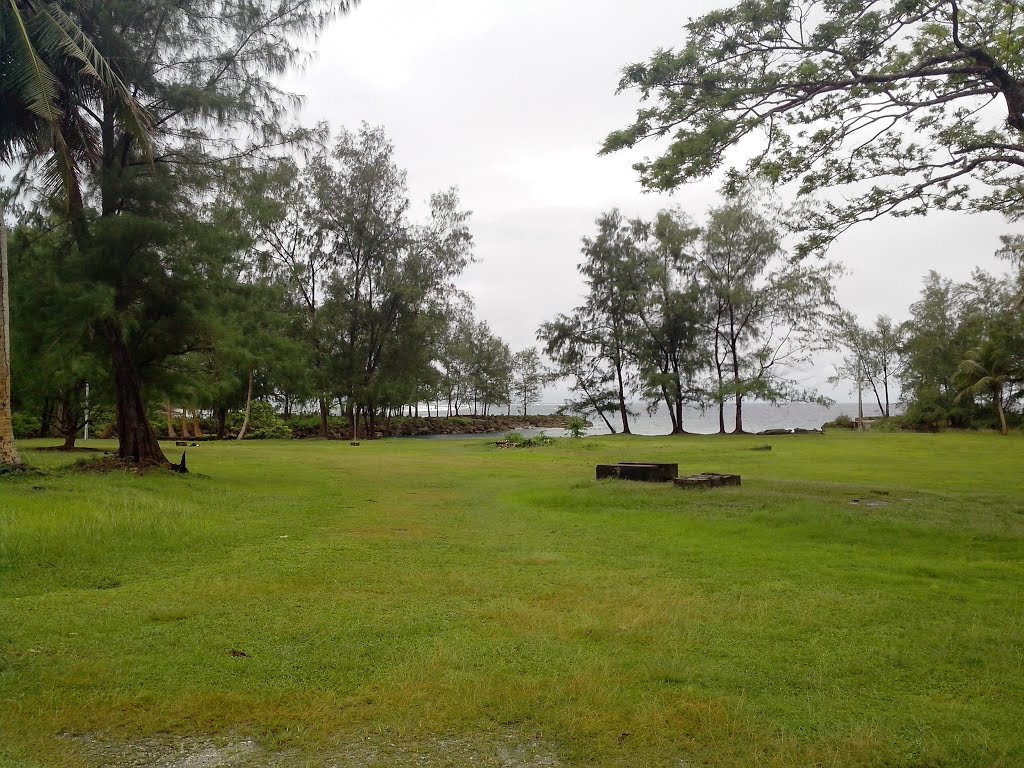
Angaur Island today
Today, in place of quarries and mines, you can see green bodies of water where a small colony of crocodiles live. It should be noted that this is also the only place in Micronesia that is home to monkeys that once escaped from the cages of miners from Germany. The macaques have spawned an entire independent population that does well in the island’s greenery.
.
Another unusual feature characteristic of the island is the presence of three official languages – Japanese, English and Angaur. In addition, it is home to the first casino in the entire country, which was opened in 2003 by a decision of the national congress.
A separate village called Ngaramash is the capital of the island. It surrounds the harbor on the west coast of the island, which has water so clear and calm it is as if it were a huge swimming pool.
.A little to the north you can see an old Japanese lighthouse on a hill, almost hidden by the jungle. It takes a keen eye to find it, but the compensation is enjoying the beautiful panoramas from the top of the hill. A miniature wooden Shinto shrine lying on the northwest coast, in an area with a good beach and excellent snorkeling spots, is the island’s main place of worship.
.Airplane Graveyard
The entire east side of the island is an eerie graveyard of World War II airplanes and other military equipment, overgrown with a dense carpet of jungle. On this narrow strip of sandy shore mottled with small rocky outcroppings, on September 17, 1944, a U.S. Navy landing party was landed, and the seemingly easy operation turned into a brutal massacre.
.
Suffice it to say that the last pockets of Japanese resistance in the old mines were not even stormed by the Americans, but simply piled up with explosives and bulldozers. Traces of this brutal battle are still found here at almost every turn, making the island one of the most interesting places for military history buffs.
.
Diving
The water here is very clear and transparent – visibility exceeds 30 meters. For diving here, it is recommended to have more than 100 dives in different sea conditions, as the island is washed by strong currents.
.
There are only three dive sites on Angaur Island. All of them are an extension of the dive in Peleliu, as the pelagic zone reigns supreme here. The reef that exists near the island is interesting in its own way, so it is still worth taking a day to get to Angaur to admire the wondrous animals underwater.
.
One of the three dive sites is Santa Maria Point. The depth here reaches up to 40 meters. This deep steep wall gives the opportunity to see small coral formations; here you can also find a rich variety of tuna and mackerel.
.Opposite the runway is another wall that got its name precisely because of its location. “Runway Wall” (Runway Wall, or Airport Wall) is farther from land and closer to the open ocean, so marine life sightings are common here. Divers here have seen white-tip gray sharks, longfin sharks (a near-extinct species), and large turtles.
.The last dive site of the three is the most interesting – the first World War II American ship sunk by the Japanese, the USS Perry. It had an engine power of 54,000 hp and a top speed of 35 knots (65 km/h) This American destroyer ran into a mine on September 14, 1944 and went completely underwater in 2 hours. The ship carried a crew of 149 men, 9 of whom were killed in the initial explosion. This spot was found on May 1, 2000 after many attempts. The 115-meter vessel is located southwest of Angaur at a depth of 78 meters. Diving here is techno-diving on trimix mixtures. There were 36 torpedoes on the ship. Now the ship is divided into 2 parts and they lie at an angle of 60 degrees one to the other. Visibility at ship level is excellent – 40 meters.
